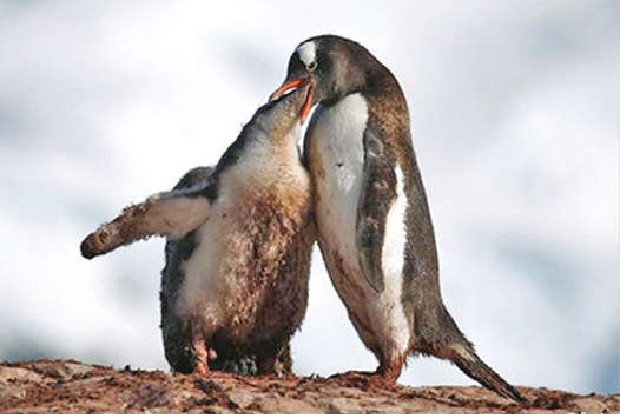Begin typing your search...
Antarctic in climate crisis despite treaty
When the Antarctic Treaty came into effect 60 years ago, its signatories had little idea how successful it would be. World leaders agreed to leave an uninhabited continent twice the size of Australia free from war, weapons and nuclear waste.

Chennai
They declared that the southern polar region, which is 98% ice and does not have an indigenous population, should belong to no country and instead be devoted to collaborative science. In the following decades, extra rules to stop companies mining minerals and drilling for oil turned Antarctica into the biggest nature reserve in the world.
Now climate change is undermining that success story. About 90% of the world’s surface fresh water is locked up in the Antarctic Ice Sheet and, as the planet heats up, glaciers whose collapse would deluge coastal cities from New York to Jakarta are melting and growing less stable.
World leaders have pledged to limit warming to well below 2 degrees Celsius this century, but their current policies will heat the world by almost 3 Degree Celcius, according to Germany-based research group Climate Action Tracker. A study published in the journal Nature in May found that a global temperature rise of 3 C would lead to an “abrupt jump” in the pace of Antarctic ice loss that would, in turn, trigger “rapid and unstoppable” sea-level rise.
A second study, published in June in the journal Science Advances, found that an ice shelf that supports the 175,000-square-km (68,000-square-mile) Pine Island Glacier is breaking up into the water faster and faster. The glacier is responsible for more than a quarter of Antarctica’s contribution to global sea level rise and will melt faster if it collapses into warm waters. “If the ice shelf’s rapid retreat continues, it could further destabilise the glacier far sooner than would be expected,” the authors wrote.
Alessandro Antonello, a historian at Flinders University in Australia who has written a book about environmental politics in Antarctica, said “the central environmental challenge to Antarctica today is undoubtedly climate change.” Yet, of the 54 parties to the treaty that protects it, the 29 with voting rights include the world’s biggest historical polluters, such as the US and Germany, as well as fast-growing emitters like China, India and Brazil. “There is definitely a level of hypocrisy,” Antonello added. The Antarctic Treaty was signed in 1959 by 12 countries whose scientists had been active in the region, and entered into force two years later. The parties agreed that the region should be “a natural reserve, devoted to peace and science.”
For superpowers such as the US and the then USSR — who would go on to fight proxy wars across Asia, Africa and South America over the next three decades — the Antarctic became a place of cooperation that offered a rare respite from the nuclear tensions of the Cold War. In other diplomatic spaces, representatives from these countries “would pound their chests and yell,” said Sridhar Anandakrishnan, a glaciologist at Penn State University in the US. But, in the Antarctic Treaty meetings, “they could formally, officially and openly talk.”
For scientists, cooperation meant refuelling planes at bases of other countries — essential in such a hostile landscape — and sharing findings. Teams of scientists in the Antarctic have collected climate data stretching back hundreds of thousands of years and in 1985 they discovered a dangerous hole in the ozone layer above it. Everybody in Antarctica is there for “altruistic reasons,” said Anandakrishnan, who has been on 23 scientific expeditions to the region since 1985. “We’re there for something that we hope is larger than ourselves and is in service of society.”
This article was provided by Deutsche Welle
Visit news.dtnext.in to explore our interactive epaper!
Download the DT Next app for more exciting features!
Click here for iOS
Click here for Android
Next Story



